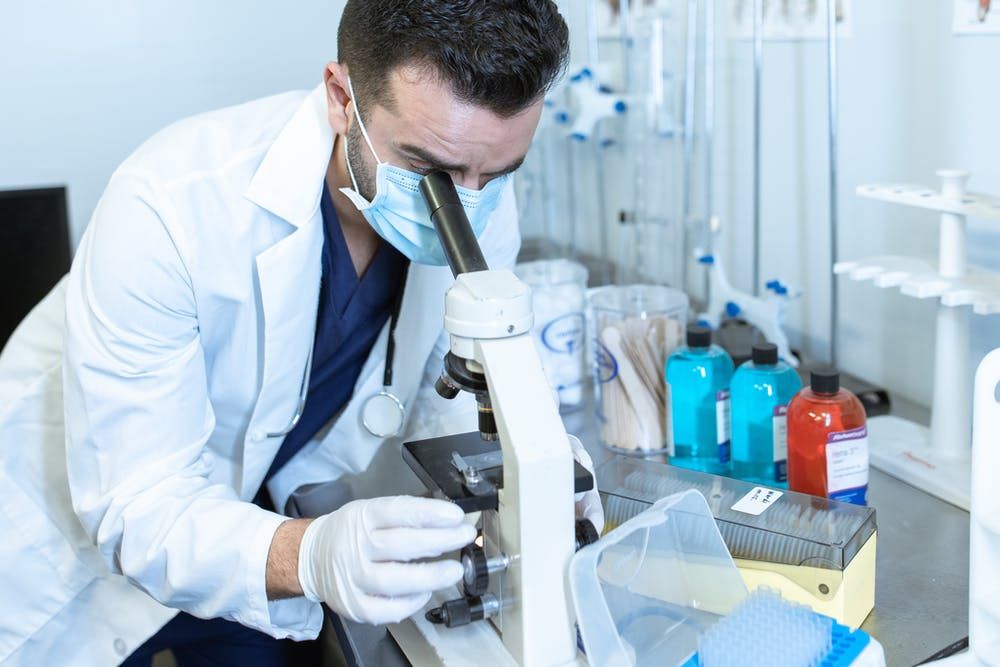Effectiveness of a Pediatric Antimicrobial Stewardship Program in a Community Hospital
The pilot program was demonstrated to significantly reduce days of antibiotic therapy.

Antimicrobial stewardship programs (ASP) are an essential way to improve upon antimicrobial use as well an optimal care routine for a pediatric population. However, developing a successful program is challenging in non-academic centers due to limited resources and a lack of experts in the field of infectious disease.
Investigators from the Sutter Medical Center in Sacramento recently employed an antimicrobial stewardship program using a core strategy of modified preauthorization and post prescription audit and review with intervention in order to assess its effectiveness in a pediatric community hospital.
The data was presented at the 23rd Annual Making a Difference in Infectious Disease Meeting 2021 virtual sessions.
The investigators piloted the program at the Sutter Medical Center, a 516-bed hospital that includes a 40-bed pediatric unit, as well as a 20-bed pediatric intensive care unit (PICU).
The pilot program took place between January 19th and February 5th, 2021. A team was formed with a pediatric ASP physician champion, a senior ID pharmacist, a PICU pharmacist and a pharmacy resident.
The team provided standard stewardship services by utilizing a prospective audit with feedback plan. The team compared the days of antibiotic therapy during the pilot phase period with antibiotic days of therapy from pediatric patients admitted from January 1st to December 31st.
The stewardship interventions were tracked and categorized as de-escalation, discontinuation, dose optimization, duration of therapy, drug-bug mismatch, IV-to-PO, and therapeutic monitoring.
Findings from the program showed that 55 of 68 patient cases required interventions by a pharmacist. Days of antibiotic therapy were seen to decrease from 3.95 days to 2.16 days during the pilot period.
Additionally, the most common intervention made was discontinuation by a pharmacist. Roughly 73% of the interventions were accepted by pediatricians.
“Data on pediatric AS program in a community hospital are limited. Most of the studies have been driven from stand-alone pediatric hospitals. We demonstrate piloting of an AS initiative with limited resources at the community hospital significantly reduced antibiotic days of therapy,” the authors wrote. “The results of this pilot project suggest that the community hospital can improve antimicrobial use and achieve optimal care for pediatric patients despite limited resources.”
